The best place to visit in China for your first trip? No doubt, it’s Beijing.
What’s the capital of China? The answer is Beijing. But it’s not just the modern capital; it’s also the capital of the last three dynasties in Chinese history, making it the political heart of China for over 700 years. This rich history has left Beijing with many world-famous landmarks like the Forbidden City, the Temple of Heaven, the Summer Palace, and the Badaling Great Wall. Here, you can get up close to the lifestyle of ancient Chinese royalty and learn about their way of ruling, as well as the belief systems of ancient China.
If you’re staying in Beijing for a while, I recommend checking out the museums. Beijing is known as the “City of Museums,” with over 150 museums to explore. The National Museum of China here is the largest museum in the world! Plus, Beijing is home to the largest library in Asia, the National Library of China.
Chinese food is famous worldwide, so you won’t want to miss trying some authentic Beijing dishes. Beijing duck, hot pot with lamb in a copper pot, and old-fashioned fried sauce noodles are just a few of the iconic dishes you’ll often see on TV or social media. Many tourists say the thing they most want to take home after visiting Beijing is the food.
In short, whether it’s the scenery, the culture, or the food, Beijing is definitely a must-visit destination.
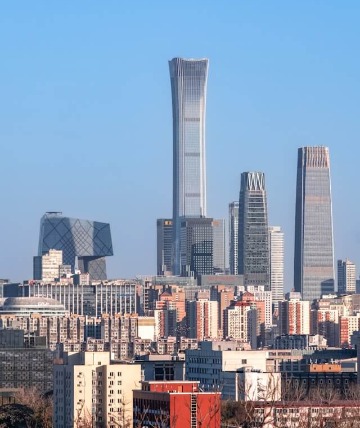
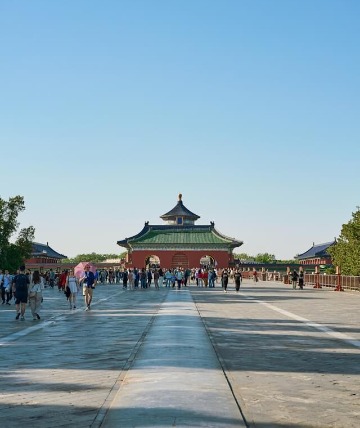
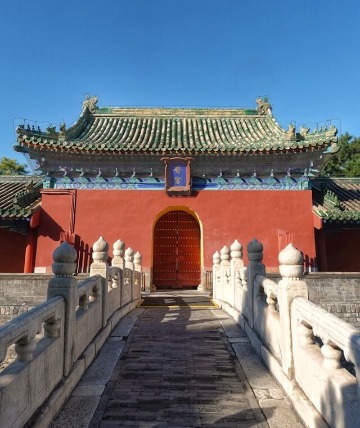
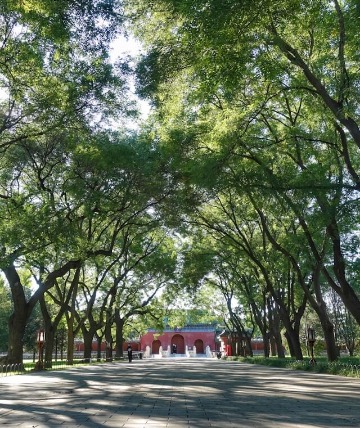
Scenic Photos of Beijing
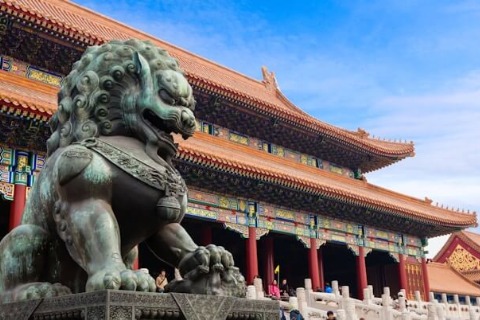
This was home to 24 Chinese emperors, the true center of ancient power. Besides its vast palaces, the Forbidden City also holds over a million priceless antiques.
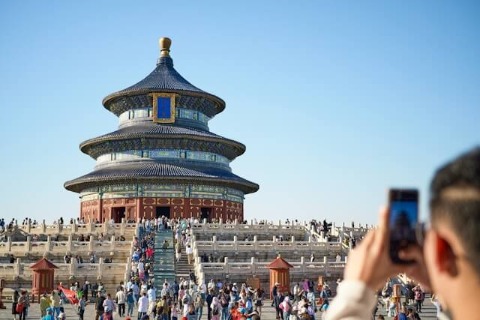
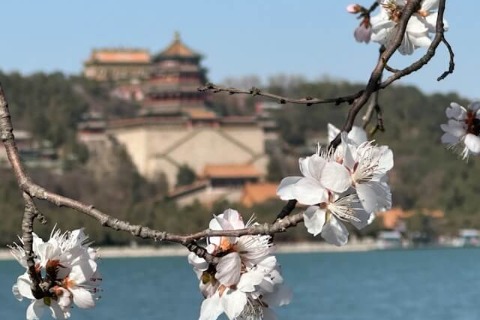
This was the private garden of China’s emperors. Even by today’s standards, it’s the most beautiful private gardens in the world. Now, you can visit this royal garden anytime.
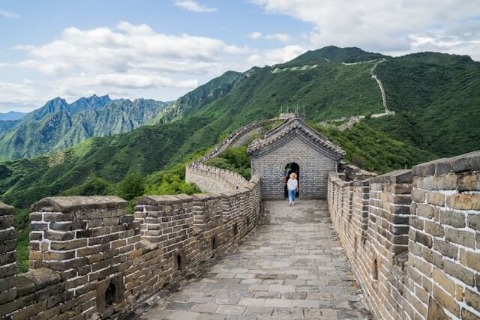
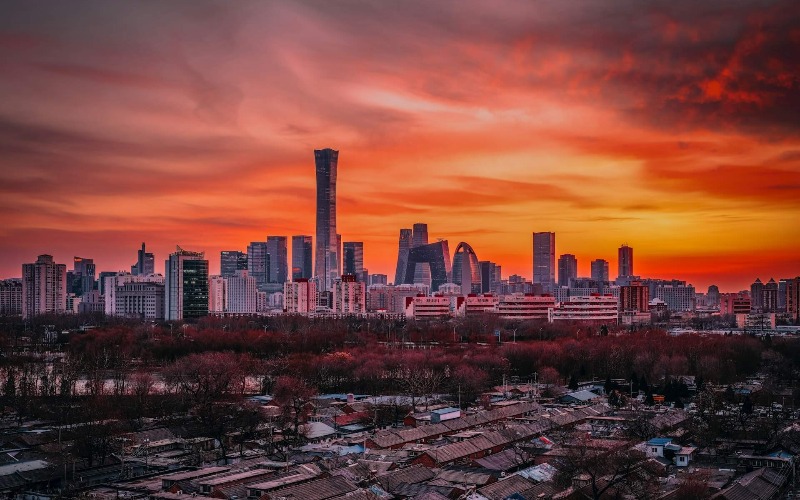
Even though Beijing is China’s capital, it doesn’t have as many skyscrapers as cities like Shanghai, Guangzhou, or Shenzhen. This is to keep the city’s traditional layout and historical vibe intact. The goal is to avoid modern high-rises from ruining the ancient look of the city. So, in its planning, Beijing has set height limits for buildings, especially near historic areas.
If you check out the skyline of Beijing, you’ll notice most of the tall buildings are in the Chaoyang district. These include the CITIC Tower (the tallest building in Beijing), the China World Trade Center Phase 3 (the second tallest), the CCTV Tower (famously called the “Big Boxer Shorts” by locals), the Beijing Broadcasting Tower, and the Beijing Fortune Financial Center, among others. Outside of Chaoyang, you won’t see many super-tall buildings due to the height restrictions.
Beijing has four distinct seasons.
Spring in Beijing city usually starts in March and lasts until May. The temperature ranges from around 4.5°C (40°F) to 16°C (61°F) in March, 8°C (46°F) to 22°C (72°F) in April, and 15°C (59°F) to 28°C (82°F) in May. These three months are also the peak tourist season, with many parks and attractions in Beijing holding flower festivals, like peach blossoms and magnolias. During spring, Beijing’s weather can be a bit unpredictable, with big temperature swings between day and night. It’s also relatively dry, which can lead to colds.
Summer in Beijing municipality generally lasts from June to August. The temperature ranges from 20°C (68°F) to 33°C (91°F) in June, 22°C (72°F) to 35°C (95°F) in July, and 23°C (73°F) to 33°C (91°F) in August. Extreme heat in summer can push temperatures up to around 41°C (106°F), and the highest recorded temperature ever was 46°C (115°F). On top of the heat, summer sees about 70% of the year’s rainfall, often in the form of heavy storms. So, summer isn’t the best time to visit Beijing. (Of course, summer isn’t the best season to travel to China either.)
Autumn starts in September and lasts until November. The temperature ranges from 17°C (63°F) to 29°C (84°F) in September, 8°C (46°F) to 21°C (70°F) in October, and 0°C (32°F) to 12°C (54°F) in November. This is the most comfortable time in Beijing, with mild, cool weather—perfect for avoiding the summer heat and the winter cold.
Winter in Beijing typically lasts from November to February. The temperature ranges from -6°C (21°F) to 2°C (36°F) in December, -7°C (19°F) to 3°C (37°F) in January, and -5°C (23°F) to 7°C (45°F) in February. Winter is very dry, with little precipitation, which can make the air feel even colder and dry out your skin. So, be sure to dress warmly and keep your skin moisturized.
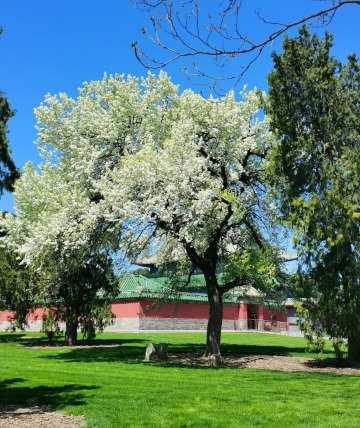
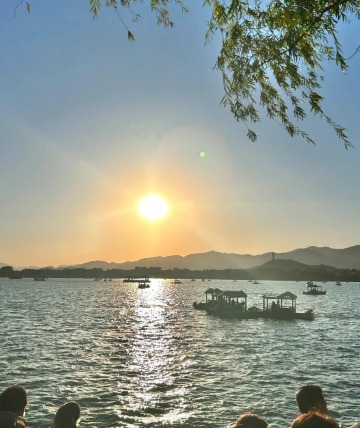
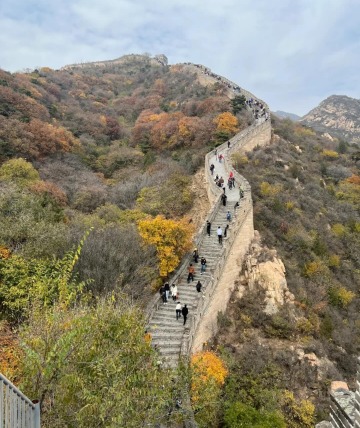
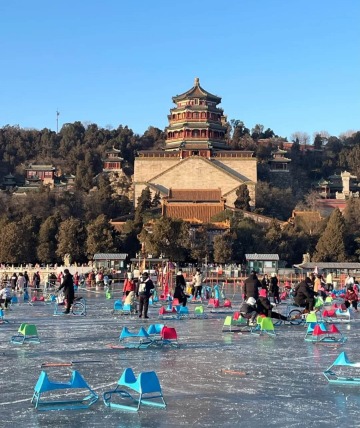
Four Seasons in Beijing
Hotel costs: 350 to 800 CNY per night (approximately 50-110 USD)
Meals: ①Breakfast: 10 to 20 CNY (1.5-3 USD) ②Lunch: 50 to 150 CNY per person (7-20 USD) ③Dinner: 50 to 150 CNY per person (7-20 USD)
Transportation: ①Subway choice: About 20 CNY per day (3 USD) ②Taxi choice: 50 to 100 CNY (7-14 USD) per ride
Attraction entrance fees: Around 50 CNY each (7 USD), so visiting two attractions would cost around 100 CNY (14 USD) (e.g., Forbidden City 60 CNY, Great Wall 40 CNY, Summer Palace 30 CNY)
Total daily cost (minimum budget):
350 (hotel) + 10 (breakfast) + 50 (lunch) + 50 (dinner) + 20 (subway) + 100 (attractions) = 580 CNY (about 80 USD)
Total daily cost (higher budget):
800 (hotel) + 20 (breakfast) + 150 (lunch) + 150 (dinner) + 100 (taxi) + 100 (attractions) = 1320 CNY (about 180 USD)
Check the current time in Beijing municipality: Time in Beijing
Beijing covers an area of 16,400 square kilometers (6,340 square miles). China’s total land area is about 9.6 million square kilometers (3.7 million square miles). Therefore, Beijing occupies about 0.17% of China’s total land area.
In 2023, Beijing’s population is 21.86 million. The city has a high level of urbanization, with 87.8% of the population living in urban areas.
Beijing is a direct-controlled municipality in China, meaning it’s not part of any province. There are four such municipalities in China: Beijing, Tianjin, Shanghai, and Chongqing. These cities are directly governed by the central government.